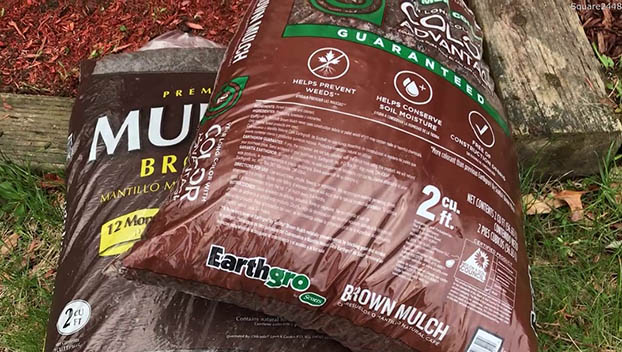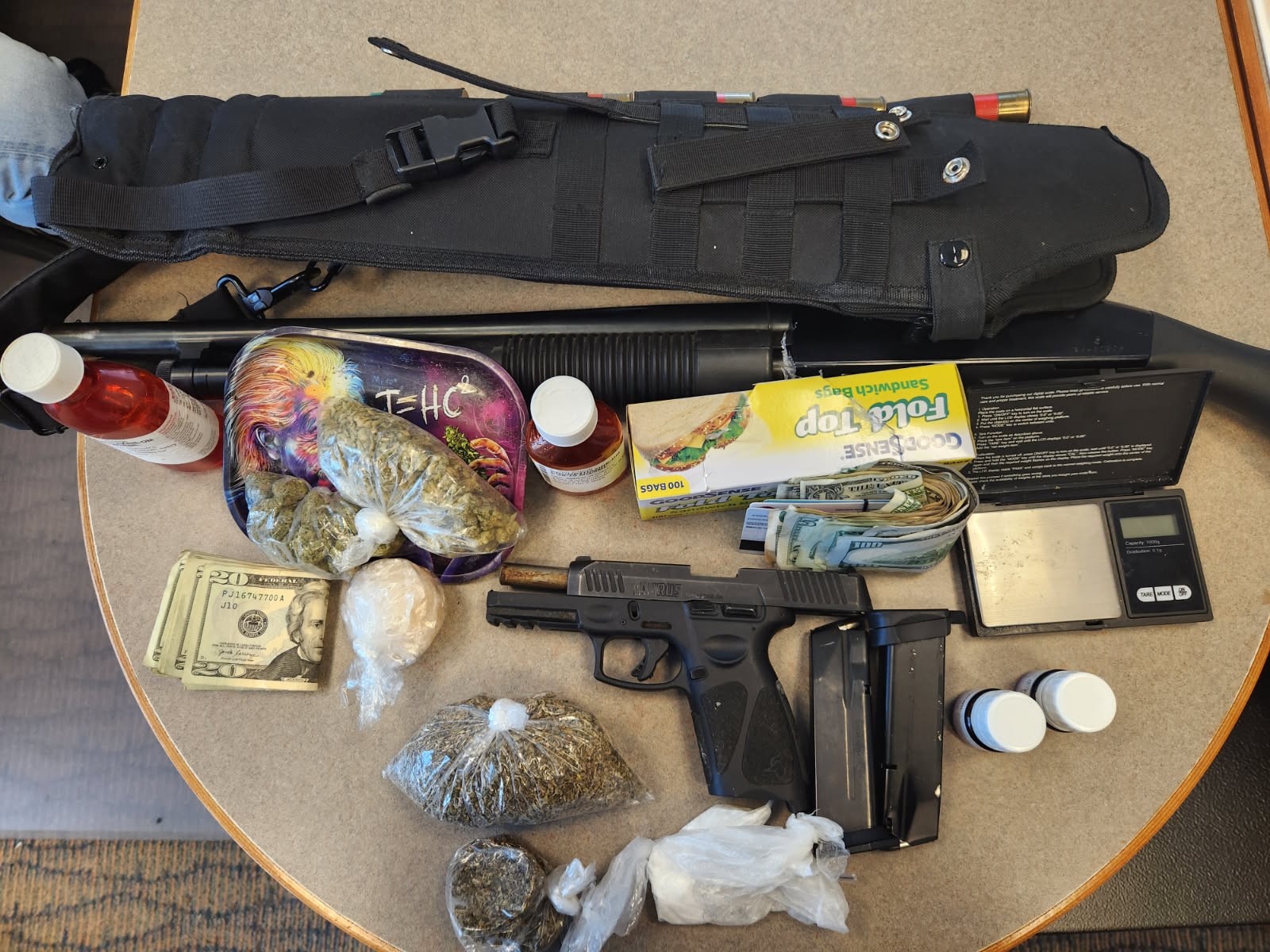MASTER GARDENER — Mulch is a gardener’s best friend (Part 2 of 2)
Published 12:08 am Thursday, June 23, 2022

- Bags of mulch are easy to handle and can be readily moved around using a wheelbarrow or garden cart.
|
Getting your Trinity Audio player ready...
|
Hello fellow gardening enthusiasts!
Last week I discussed organic mulch basics, including why using mulch in our gardens is important, as well as the numerous types of mulch.
Some gardeners make their own mulch at home utilizing a compost bin or two, then building compost by adding yard debris, grass clippings, leaves, limbs, used potting soil, dead plant materials, livestock manure, topsoil, hay and straw.
Trending
They continue adding debris to the compost bin, building in layers of green and brown materials, then turning its’ contents every few weeks allowing it to decompose over time. In 6 to 12 months the compost will have completed the decomposition cycle and a rich, dark crumbly compost will be ready to add to vegetable beds and flower gardens.
My preference is much faster, depending on the gardening project, is to purchase mulch in bags or bulk (delivered). Bags of mulch are easy to handle and can be readily moved around using a wheelbarrow or garden cart.
The price for a bag of mulch is low and can often be purchased while on sale during spring and summer months at many hardware and farm supply stores. Most large box stores provide customers the option to purchase mulch and other spoil amendments in bulk (truck load) and having it delivered.
If mulch is readily available, then you may ask, how do you decide which type of mulch is right for you?
Choosing the right type of mulch to use in your garden isn’t a difficult decision to make and there is no wrong answer as all organic mulches will eventually provide some benefit to the soil. I’ll help you navigate the most common types of mulch available and provide you some of the pros and cons of the most common mulches sold locally.
Keep in mind almost any vegetative organic matter can be used as mulch. We reviewed organic mulches previously, so let’s continue the discussion with synthetic mulches and where they can be used.
Trending
Rubber Mulch is heavier than wood mulches, lasting 10-20 years. It will not decompose, so there is no benefit to the soil or its microorganisms. Rubber mulches retain heat and are not the best choice for Southeast Texas gardens. If used, you will need to fertilize more often.
Black plastic sheeting over the soil surface of your garden will retain moisture underneath from evaporating, while smothering weeds that try to sprout. Weeds will grow in areas the plastic doesn’t cover.
It’s good for large vegetable gardens, raising the soil temperature 3-5°F to a depth of about 6 inches, warming soils sooner in spring, allowing for earlier harvesting of vegetables.
Foundation Plantings. A 6-inch space from your homes’ foundation should remain free of plants and mulch. This will help keep insects out of the house. Placing inorganic mulches, such as pea gravel, crushed limestone, river rock, or lava rock in this area, will help to keep the area free.
Trees and Shrubs. If you find it necessary to mulch around trees and shrubs, then please use mulch effectively so the plants and tree are not competing for water and nutrients resources available. Large bark, wood chips or river rock make good mulches for trees and shrubs but do not layer more than 3 inches of mulch so the tree and shrubs surface roots will not grow up into the mulch.
Flower Beds (Annuals and Perennials). Utilize chopped leaves, shredded bark, and compost. Fine textured mulches, which are easy to spread and incorporate are best in these areas. Apply a layer 2 -3 inches thick. Begin with a layer of compost then add one of the other mulches, which provides plants the nutrients they need.
Vegetable Gardens. Enjoy dried grass clippings, newspaper, cardboard, compost and hay or straw (seed and weed free of course). Once your garden is planted, lay out the newspaper/cardboard around your plants, cover with compost, then the hay or grass clippings.
Containers. Consider decorative glass marbles, pebbles, clay balls, or moss. Just a little scattered on the surface of the potting soil creates a finished look and helps retain moisture. Get creative with glass pebbles which add a unique appearance to your container. Once finished wash them and store them away for another use.
John Green is a Texas Certified Orange County Master Gardener. If you have specific gardening questions or need more information, call the Orange County Master Gardeners Helpline at 409-882-7010, visit txmg.org/orange, search Facebook for Orange County Texas Master Gardeners Association or email extension@co.orange.tx.us.





